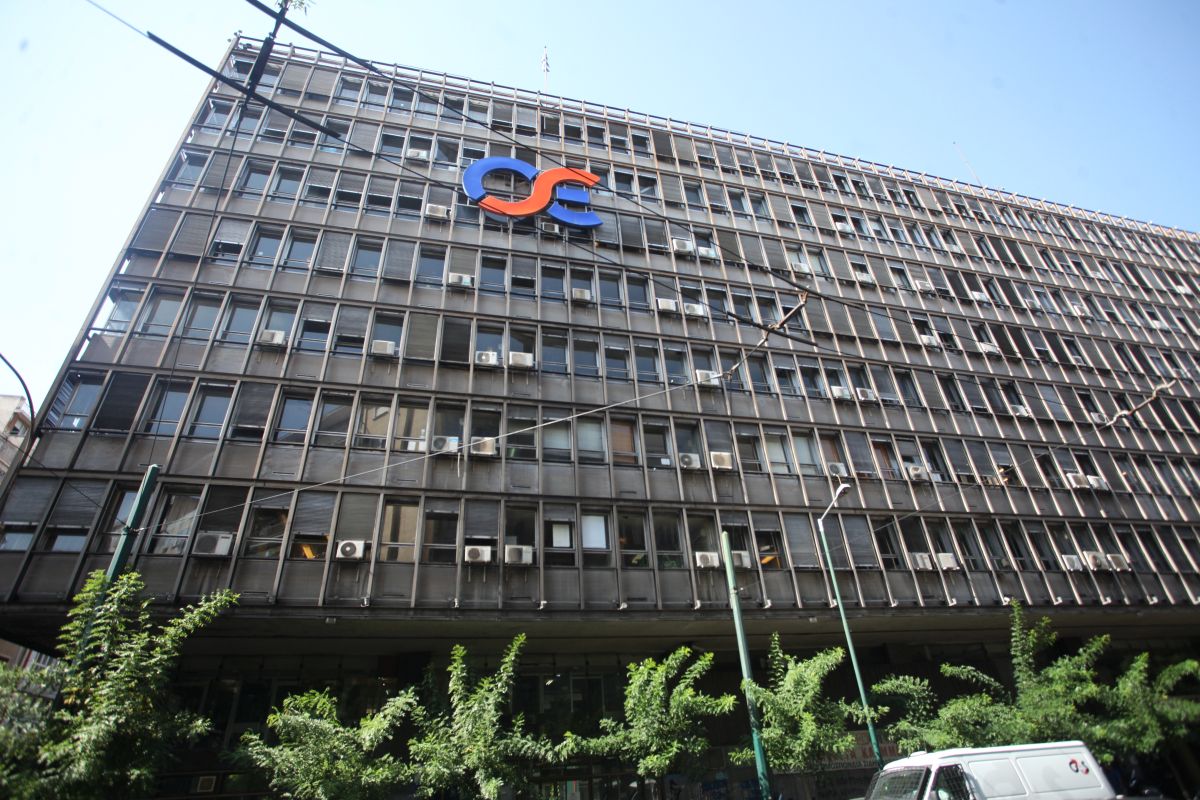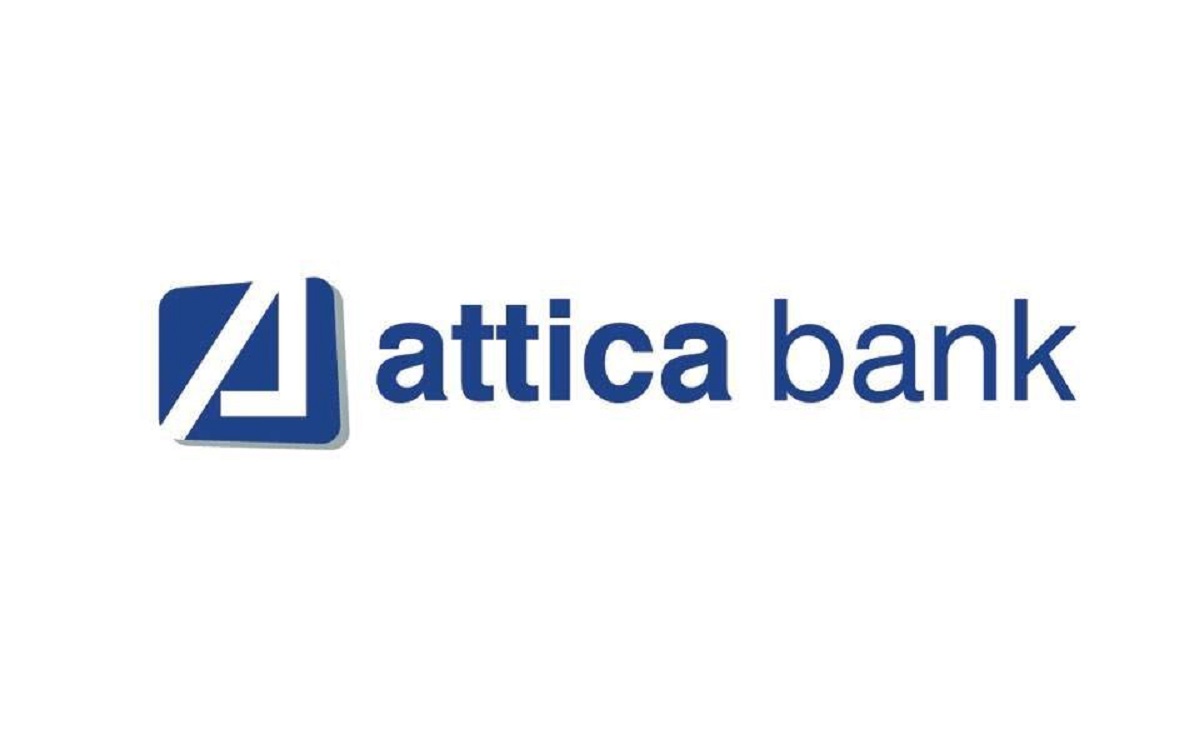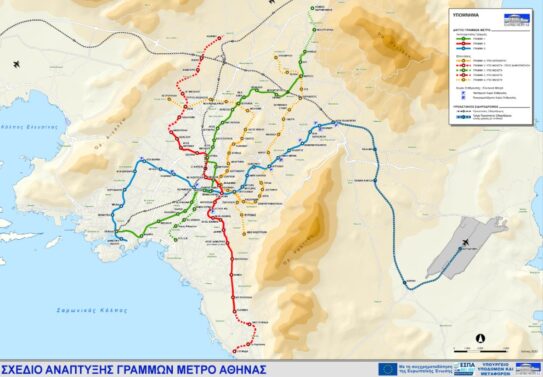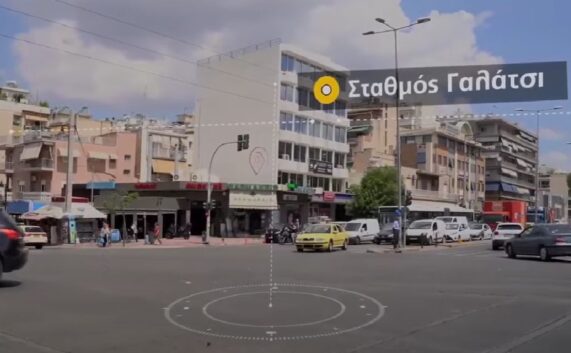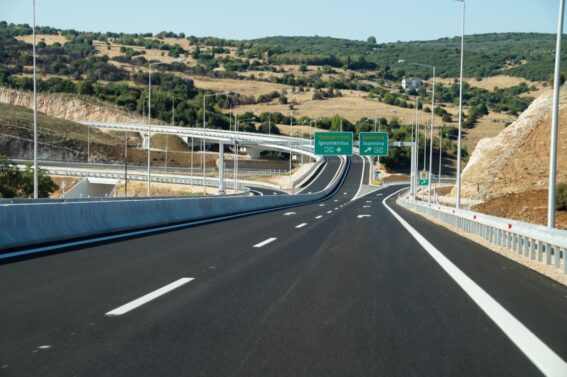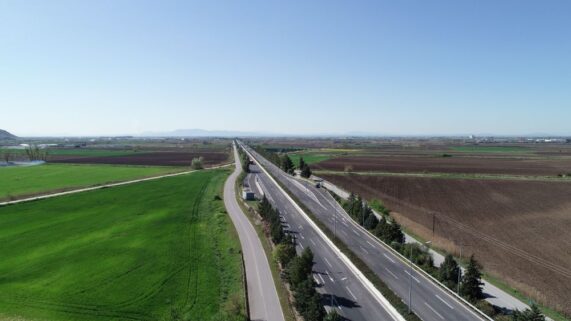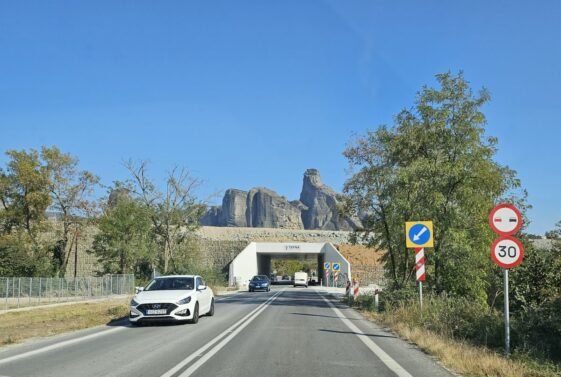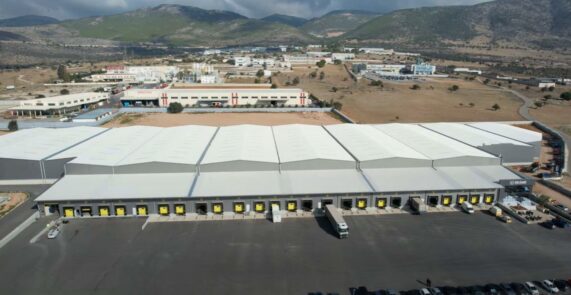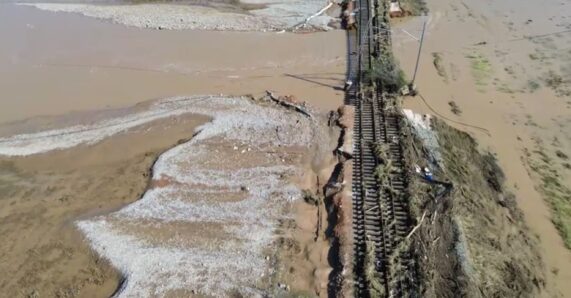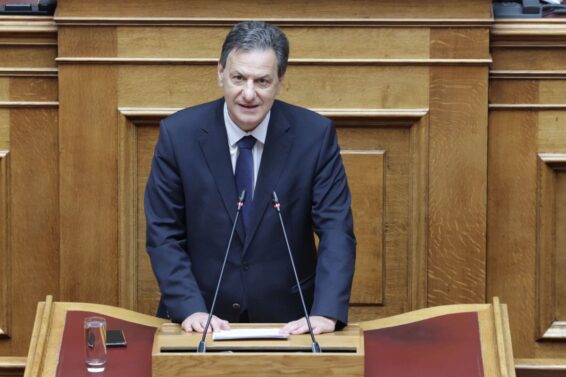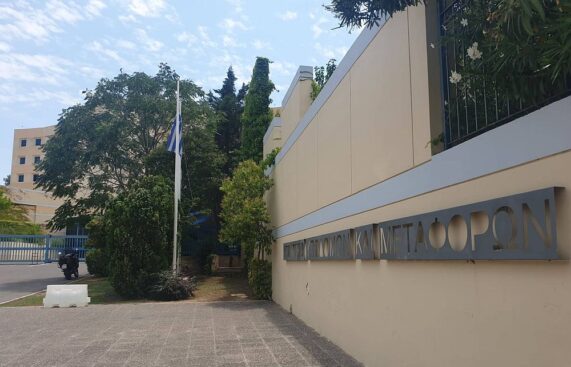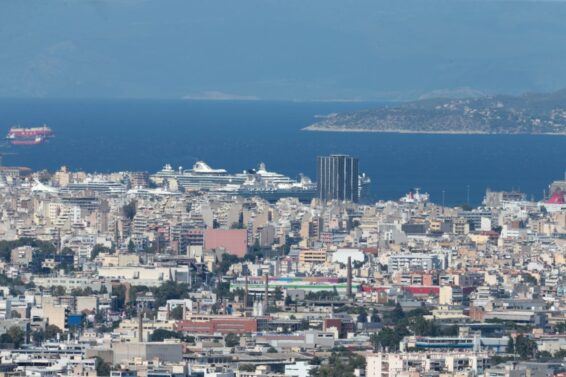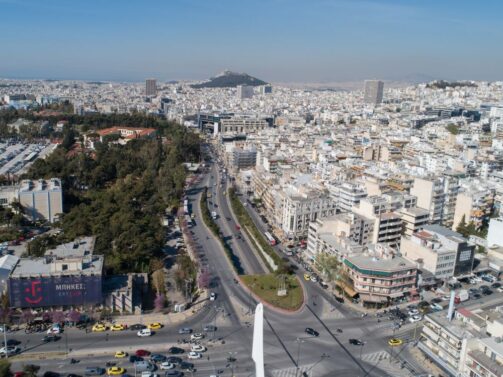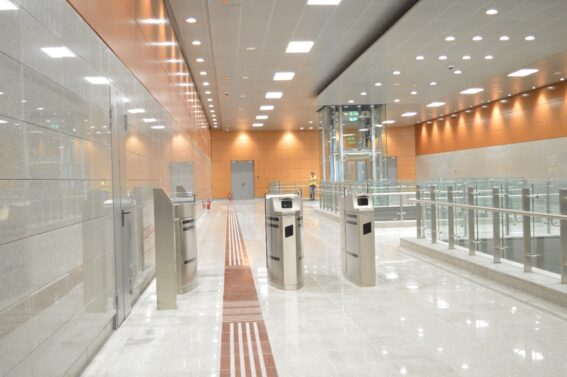When, in the distant 2006, the project for the construction of E65 (Central Motorway) was announced, nobody could imagine its development, almost 12 years later.
E65 was initially designed to start from Lamia (in the area of Anthili) heading West to Lianokladi, Karpenissi, and from there, approaching Central Greece and Thessaly through the cities of Domokos, Sofades etc. to finally connect with Egnatia Motorway in the North.
In 2008, the concession contract is signed and in 2009 the first construction works commence, lasting 2 years. In 2011 the construction process was interrupted, as a result of the crisis, and in the end of 2013, a revised concession contract is signed introducing a world-class, original paradox: the motorway got “amputated”, as the southern and northern sections of the axis were postponed indefinitely, leaving the central part (and most mature, construction-wise) of the road to be prioritized over the others, thus excluding all possible connections with the rest of the country’s motorway network.
Nevertheless, after a lot of patience and never-ending works, the first section of E65 Motorway was finally released to traffic on December 22nd, 2017. But what’s in it for the drivers? Dangerous parts of the old network are now completely avoided, while the addition of the new motorway section in the network, reduces the distance betweena Athens and Trikala by approximately half an hour, to about 3 hours and 20 minutes.
A “blindfolded” Motorway in search of light
Unfortunately, E65, as it is today, might reduce the distances between major urban and touristic centres of Western Thessaly, but in order for it to be sustainable, it is essential to be connected with Athens-Thessaloniki road axis (aka PAThE), with the construction of its southern section from Lamia to Xyiada (31.5 km long).
Regarding this necessary project, luckily enough, we are just one step away from its approval by DG Comp, a European Commission’s service, that has been scrutinizing the contract for more than a year and a half now. Now, according to secure information provided at Ypodomes.com, the inclusion of the project in the NSRF with 310mio euros is a just matter of, more or less, 2 months. Once the construction phase begins, it will take another 3 years for the southern section to be completed and create a covered motorway branch, starting from Athens-Thessaloniki axis all the way to the town of Trikala.
At the same time, moves are being made for the implementation of the northern part that will conclude the Central Motorway project. With a length of 64 km and a cost of 400mio euros, Trikala-Kipurio Grevenon section (connection with Egnatia Motorway) seeks funding through EIB while its Environmental Impact Studies have already been approved by the regional authorities of Thessaly and Western Macedonia. Upon its completion, E65 will become one of the most strategic motorways of the country, as its natural “successor” is Siatista-Kristallopigi axis, a covered motorway that leads to the Greece’s borders with FYROM.
The cross-section of Xiniada Trikala Motorway
The cost of the construction and the studies for Xiniada-Trikala Motorway section amounted to a staggering 546.97mio euros and was covered by private funds, the 3rd CSF and NSRF 2007-2013.
Although the construction was considered to be easy, there were parts that posed constructional challenges, such as in the area where the twin tunnels were dug while the project passed through several mountainous areas and was quite close with ERGOSE’s railway project that was running simultaneously. Additionally, in the area of the dried-up Xiniada lake (km 32.5 to km 42), special geotechnical interventions had to be implemented.
Nikos Karagiannis-ypodomes.com
ΜΗΝ ΞΕΧΑΣΕΤΕ
- Ακολουθήστε το ypodomes.com στο Google News και μάθετε πρώτοι όλες τις ειδήσεις για τις υποδομές στην Ελλάδα
- Αν είστε επαγγελματίας του κλάδου, ακολουθήστε μας στο LinkedIn
- Εγγραφείτε στο Ypodomes Web TV


